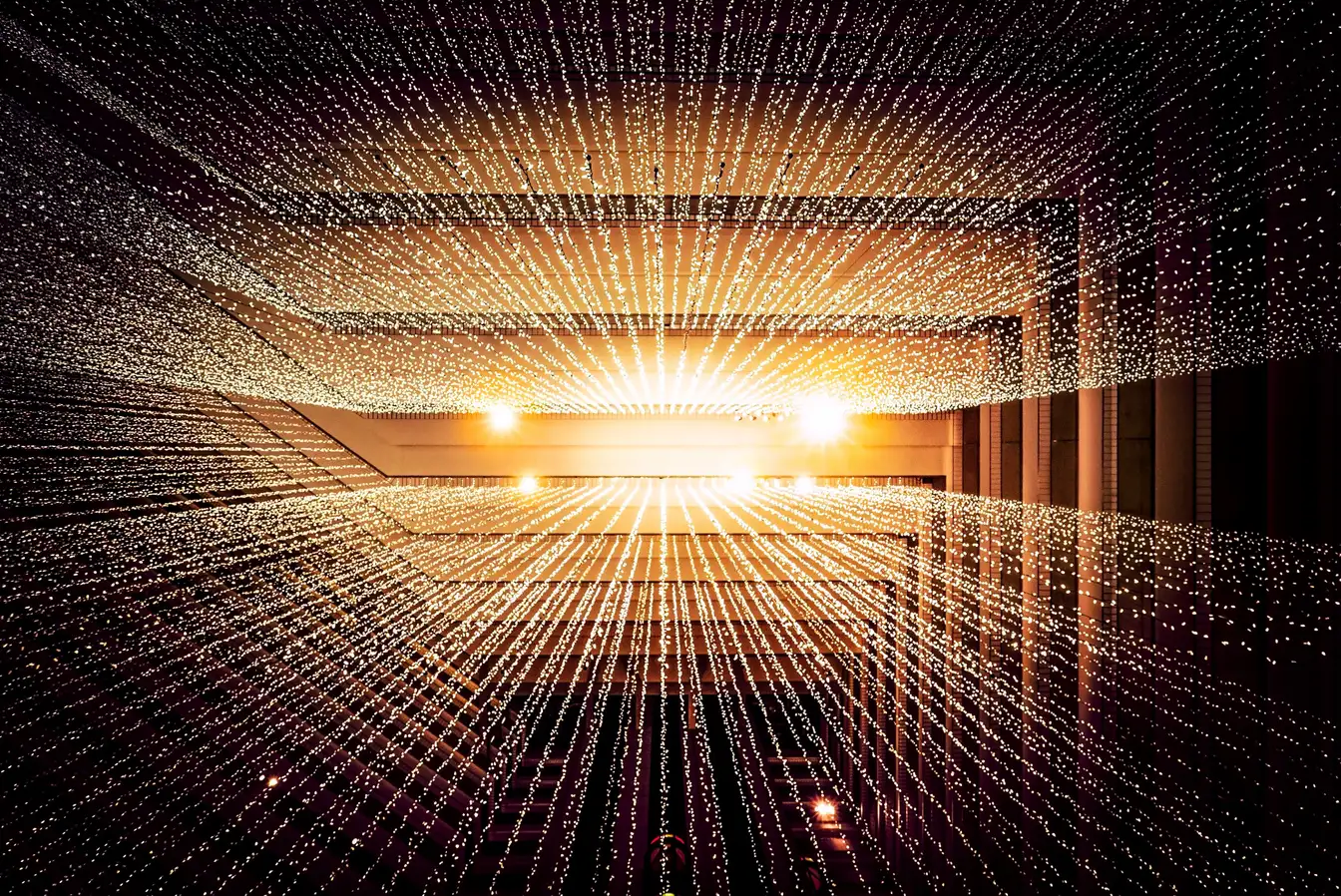
Miscellaneous
Negative Traces of Digital Chalks
Life is moving at the speed of light and technology is sweeping the world with its huge advancements. People are embracing this change and adapting new technologies to cope with this speedy life even if they are hesitant. To make matters worse, COVID-19 pandemic came into being and transformed life drastically. Everything looked different during the COVID-19 pandemic and was negatively influenced, in particular schools. This period witnessed the emergence of Distance or Remote Learning. Despite the immense benefits, investing in remote learning as a primary source of education is not always a favorable option to build model citizens and creative leaders.
There is no doubt that technology has slowly sneaked into our day-to-day lives and became indispensable proving to be a boon at times. At the medical level, technology combats numerous lethal diseases and speeds up research. Hence, saving many lives. At the professional level, companies can now communicate more easily with foreign countries and close deals. At the educational level…..
Hit the brakes!
Unfortunately, technology distorted the image of traditional classrooms, where student engagement was a crucial part of their cognitive and personality development. This truly transformative moment for students and educators alike will make us pay a huge life bill. The emerging generation shows this high cost of adopting distance learning “all the time”.
How ironic is it that technology made it easier for us to communicate with people across the globe, but simultaneously smashed it at schools?
Students forgot what it means to “discuss”, “argue”, or “explain”, for student engagement is fading away. One reason is due to the lack of time, as the internet might disconnect any minute and the teacher has to wait for the student to connect again resulting in loss of time. This pressures the teacher to finish the lesson quickly and leaves no time for discussion. In addition, the student might be mentally disconnected and it is hard to detect this. In classrooms, the teacher can easily identify a daydreaming student and bring them back to reality. However, this is way too difficult when there are more than 15 open cams in front of you and you’re looking at the book and your students simultaneously. In fact, some students are just attending for the sake of gaining a grade for being there.
Based on my personal experience, when I went back to the classroom I saw disasters. Firstly, the students’ behavior massively changed as if they swapped places with some other students. They stayed silent the whole session and were too shy to participate in any discussion. I, myself, even felt strange. How about the stressed and tensed students? Secondly, they had a short attention span. They got accustomed to the recorded sessions and this made them focus less in class and quickly feel bored paying attention to every word. Thirdly, they no longer take notes and train their memory on memorizing important information. Again, same reason! They built a habit during the distance learning period that this session can be viewed once again so no need to fully focus. Students are becoming LAZY.
Don’t get me wrong on this! I am with the idea of allowing technology to enter the education sector, but not revolutionize it. Technology is a blessing when a history teacher could take students on a virtual tour to the White House, and explain its history using this modern methodology. This way, students could easily connect the curriculum with the real world.
If remote instruction took place just in the COVID-19 phase, then it wouldn’t have been a major concern now. Back then, the main purpose of distance learning was to bridge the gap of losses in education during the pandemic. However, it crossed its limits and went further to become the new normal - the primary source of education. The number of students enrolling in online learning is skyrocketing to reach the globe. This is really scary - knowing that the drawbacks of remote learning outweigh its benefits.
In a nutshell, online learning is slowly becoming a go-to method of education and this is really frustrating. Students got accustomed to virtual classrooms and the notion of DIGITAL SCHOOLS resulting in the abandonment of many skills. I anticipate the day when ministers of education and school leaders reconsider physical classrooms and use virtual ones only when necessary. After all, in-person classes are unbeatable.
